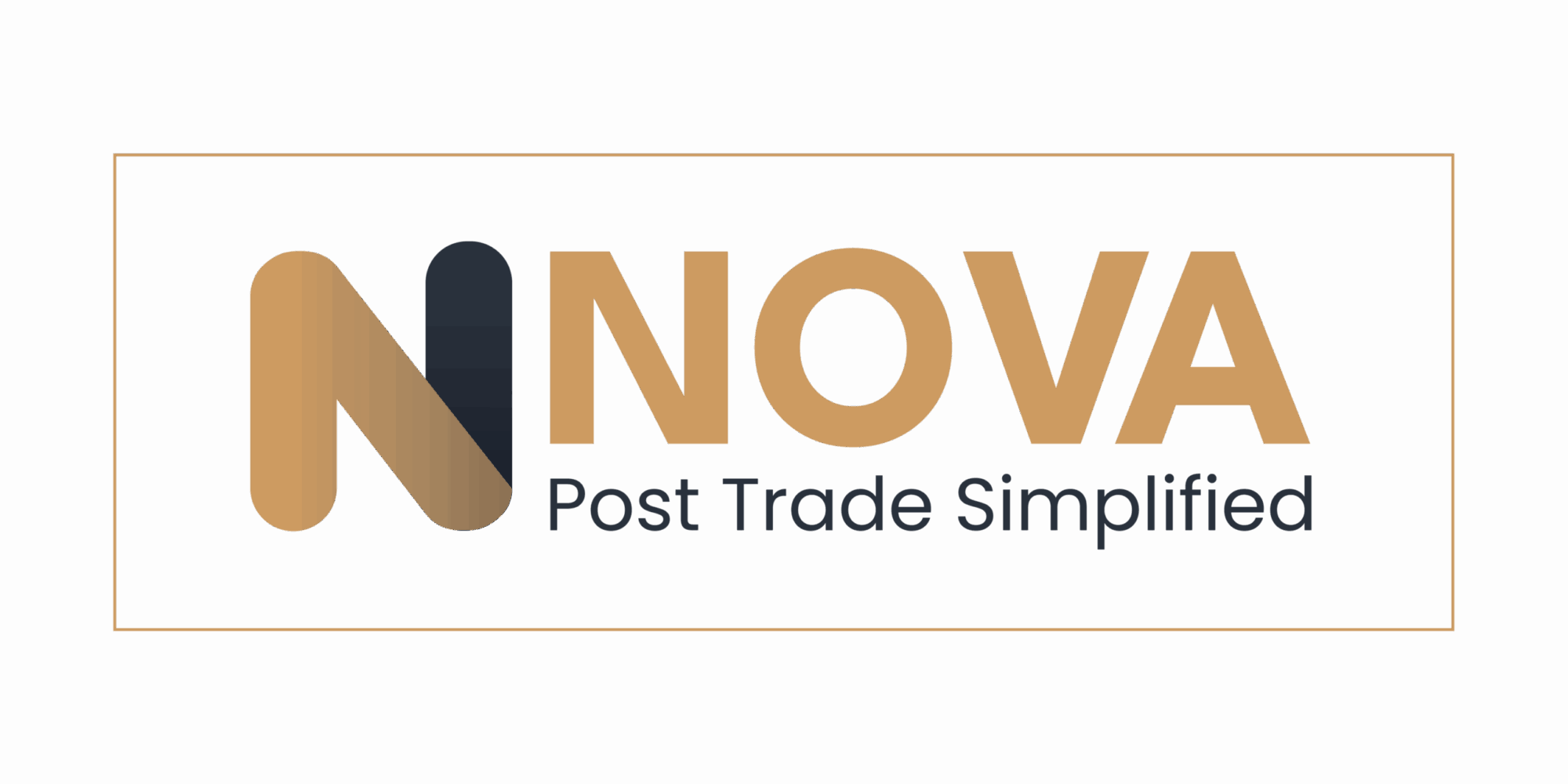
The Run to ZERO: A Deep Dive into Shorter Settlement Cycles
Video Transcript
Settlement cycles are the backbone of financial markets, determining how quickly securities and cash are exchanged after a trade.
Traditionally, these cycles took several days, but technology and evolving market expectations are driving a push for even faster settlements.
The latest frontier? T+0, or same-day settlement.
So, what does this mean?
Under T+2, if you buy a stock on Monday, you receive it on Wednesday.
With T+0, both the buyer and seller complete the transaction on the same day.
This shift promises reduced counterparty risk, improved market efficiency, and the potential for new investment opportunities.
However, moving to T+0 isn’t without challenges.
Upgrading infrastructure, adapting operational processes, and ensuring robust cybersecurity are all significant hurdles.
There’s also debate about whether the benefits truly outweigh the costs, or if existing solutions could address many of the same risks.
As regulators like SEBI in India explore optional T+0 settlements, the industry faces a pivotal moment.
The journey to zero is about balancing innovation with stability, aiming for a future where markets are faster, safer, and more efficient.
To learn more, visit nova.contemi.com ?or contact us at info at contemi.com to ?book a demo.
Pretext
The architecture of financial markets is fundamentally dependent on the efficiency and timing of its settlement cycles—the process that completes transactions through the exchange of securities and cash post-trade execution.
Historically, these cycles ranged from a few days to longer, with a move from T+3 to T+2 being a significant shift in markets like the US. However, with the advent of technological advancements and changes in market participants’ expectations, there’s a pressing momentum towards even shorter cycles, namely T+0 or instant settlement.
This article springs from the recent deliberations by the Securities and Exchange Board of India (SEBI) to introduce such innovative settlement cycles on an optional basis in Indian markets. It critically explores the evolution of settlement cycles, their current state, and the motivations behind this shift.
Further more, it delves into the potential benefits and challenges of moving towards T+0 and instant settlement, considering the Indian market’s unique context, including its recent embrace of T+1 settlement, the robustness of its payment and banking systems, and the growing demand for operational efficiency and investor satisfaction.
Introduction
The settlement cycle plays a pivotal role in ensuring the smooth functioning and stability of financial markets. It guarantees that the exchange of securities and cash occurs efficiently, mitigating counterparty risk and fostering market confidence.
However, in a rapidly evolving financial ecosystem characterized by high-frequency trading and technological advancements, the traditional T+2 or longer cycles appear increasingly antiquated.
Proponents of T+0 argue that it offers numerous advantages, including increased market efficiency, reduced systemic risk, and the potential for unlocking new investment opportunities.
Understanding Settlement Cycles
To grasp the significance of T+0, it’s crucial to understand the current state of settlement cycles. Let’s break it down:
- T (Trade Date): The date on which a security is bought or sold.
- Settlement Date: The day on which the buyer receives the security, and the seller receives the cash. Examples:
- T+2: In the US, the traditional settlement cycle is T+2. This means that if you buy a security on Monday (T), you will receive the security and the seller will receive the cash two business days later, on Wednesday (T+2).
- T+0: Under a T+0 settlement, the buyer receives the security, and the seller receives the cash on the same day as the trade (T).
Current Settlement Cycles
Across the globe, settlement cycles vary, with a mix of T+2, T+3, and even T+5 models persisting:
- US: As mentioned earlier, the US operates on a T+2 settlement cycle. On 28 May 2024, the US will be transitioning its T+2 equity settlement cycle to T+1, a milestone that will have a significant impact on the operating models of financial institutions all over the world.
- UK: The UK transitioned from T+3 to T+2 settlement in 2014.
- Europe: The European Union adopted the T+2 settlement cycle in 2014 through the Settlement Discipline Regime (SDR).
- Singapore, Hong Kong, Malaysia: These markets operate on a T+2 settlement cycle.
- New Zealand: New Zealand has a T+2 settlement cycle for most securities.
- India: India currently operates on a T+2 cycle for equities and a T+D (Trade Date +) cycle for debt instruments, which can range from T+1 to T+3 depending on the specific instrument.
The Impetus for Change
- Technological advancements: The rise of blockchain technology and other innovations offer secure and efficient platforms for real-time settlement, paving the way for T+0 implementation.
- Reduced counterparty risk: T+0 minimizes the time during which counterparties are exposed to risk between trade execution and settlement, potentially enhancing financial stability.
- Improved market efficiency: T+0 expedites the transfer of ownership and reduces operational costs, potentially leading to a more efficient market environment.
- Increased liquidity: Shortened settlement cycles might facilitate easier participation in the market by reducing cash blockage periods.
- Potential for new products: T+0 could open doors for the development of novel financial products and investment strategies that capitalize on the faster settlement process.
Impact on Stakeholders
Shifting to T+0 would undoubtedly impact various stakeholders:
- Investors: Faster settlement could benefit investors through reduced risk exposure and potentially, improved return opportunities.
- Issuers: Companies issuing securities might experience faster access to capital raised through faster settlement.
- Market infrastructure providers: Central securities depositories (CSDs) and clearinghouses would need to adapt their systems and processes to handle T+0 effectively.
- Regulators: Regulatory frameworks would need to be revised to accommodate the T+0 environment while ensuring market integrity and investor protection.
Advantages of Moving to T+0
While not without its challenges, T+0 offers several potential advantages:
- Reduced counterparty risk: By eliminating the lag between trade and settlement, counterparty risk exposure is significantly minimized.
- Enhanced market efficiency: T+0 streamlines the settlement process, potentially leading to faster trade execution and reduced operational costs.
- Improved liquidity: Shorter settlement cycles can potentially unlock additional liquidity in the market as idle cash is freed up faster. This could lead to increased trading activity and improved market depth.
- Potential for new financial products: The faster settlement of T+0 could pave the way for the development of novel financial products and investment strategies that capitalize on the immediacy of settlement, such as short-term derivatives and algorithmic trading strategies.
Challenges and Considerations
Despite its potential benefits, transitioning to T+0 presents several challenges:
- Technological infrastructure: Implementing T+0 requires significant upgrades to existing market infrastructure, including Central Securities Depositories (CSDs), clearinghouses, and trading platforms. This can be a costly and time-consuming process.
- Operational complexities: T+0 necessitates efficient and streamlined operational processes across all market participants, including custodians, brokers, and asset managers. This may require significant changes to existing workflows and potentially lead to increased operational costs.
- Legal and regulatory considerations: Legal frameworks and regulations might need to be revised to accommodate T+0, ensuring aspects like ownership transfer, risk management, and investor protection are adequately addressed.
- Cybersecurity risks: The faster and more automated nature of T+0 potentially increases the vulnerability to cyberattacks. Robust cybersecurity measures and contingency plans are crucial for mitigating these risks.
The Path to Implementation
Moving to T+0 requires a collaborative and phased approach:
- Industry-wide dialogue: Open and active dialogue among all stakeholders, including market participants, regulators, and infrastructure providers, is crucial to identify potential challenges and develop workable solutions.
- Cost-benefit analysis: A comprehensive cost-benefit analysis is necessary to assess the potential benefits of T+0 against the implementation costs and required changes to infrastructure and processes.
- Pilot programs: Conducting pilot programs in smaller market segments can help identify potential issues and refine the implementation process before a full-scale rollout.
- Phased implementation: A phased implementation approach allows for gradual adjustments and minimizes potential disruptions to the market.
Future Perspectives
Critically Examining the Rush Towards T+0: A False Hope?
The push towards T+0 settlement is not without its critics who question whether it represents a genuine advancement or a solution in search of a problem.
Let’s delve deeper into this critical perspective.
Are We Overlooking Existing Solutions?
Advocates of T+0 often highlight the benefits of reduced counterparty risk and improved efficiency.
However, some argue that these goals can be achieved through alternative means.
- Margin requirements: Increasing margin requirements for certain trades or riskier counterparties can effectively mitigate risk exposure during the settlement period.
- Collateral management: Enhanced collateral management practices and the use of variation margin can further reduce counterparty risk without resorting to T+0.
- Settlement discipline: Focusing on stricter enforcement of existing settlement timeframes (T+2) could yield significant improvements without the complexities of T+0 implementation.
The "If It Ain't Broke, Don't Fix It" Argument:
Proponents of the status quo argue that current settlement cycles, especially T+2, function adequately in most markets.
They question the need to disrupt established processes for potential benefits that may not outweigh the significant costs and challenges associated with T+0 transition.
Are We Chasing an Illusion?
Some argue that the advantages of T+0 might be overstated. The potential for increased market volatility due to faster price adjustments and potential for manipulative trading strategies cannot be ignored.
Additionally, the efficiency gains might not be as significant as projected, especially considering the operational complexities T+0 introduces.
The Case of India's T+0 Consultation Paper:
The recent consultation paper released by SEBI on December 22nd, 2023, proposing optional T+0 and instant settlements alongside the existing T+1 cycle in India exemplifies the cautious approach some authorities are taking.
This approach acknowledges the potential benefits of T+0 while recognizing the need for a measured exploration alongside existing settlement options.
A Call for Balanced Evaluation
The rush towards T+0 should be met with a critical evaluation of its true necessity and potential drawbacks. Alternative solutions and a focus on optimizing existing T+2 frameworks should be explored alongside the T+0 discussion. The SEBI consultation paper sets a valuable precedent for a careful and balanced approach towards settlement cycle reform.
By acknowledging and addressing these critical perspectives, the financial community can ensure a more informed and measured pursuit of settlement cycle reform.
The transition to T+0 is a complex and multifaceted issue. While the potential benefits are undeniable, a critical examination of its necessity and potential pitfalls is crucial. A balanced approach that explores alternative solutions alongside T+0 remains essential. Ultimately, the goal should be to achieve a settlement framework that optimizes efficiency, risk management, and market stability.
Conclusion
The transition to T+0 represents a significant shift in the settlement landscape. While it presents challenges, the potential benefits for market efficiency, risk reduction, and innovation are substantial. Careful consideration, collaborative efforts, and a well-structured implementation plan are necessary to harness the full potential of T+0, paving the way for a more robust and efficient financial ecosystem for the future.
Gopala Subramanium
CEO – Capital Market Solutions & Group CFO


Leave a Reply